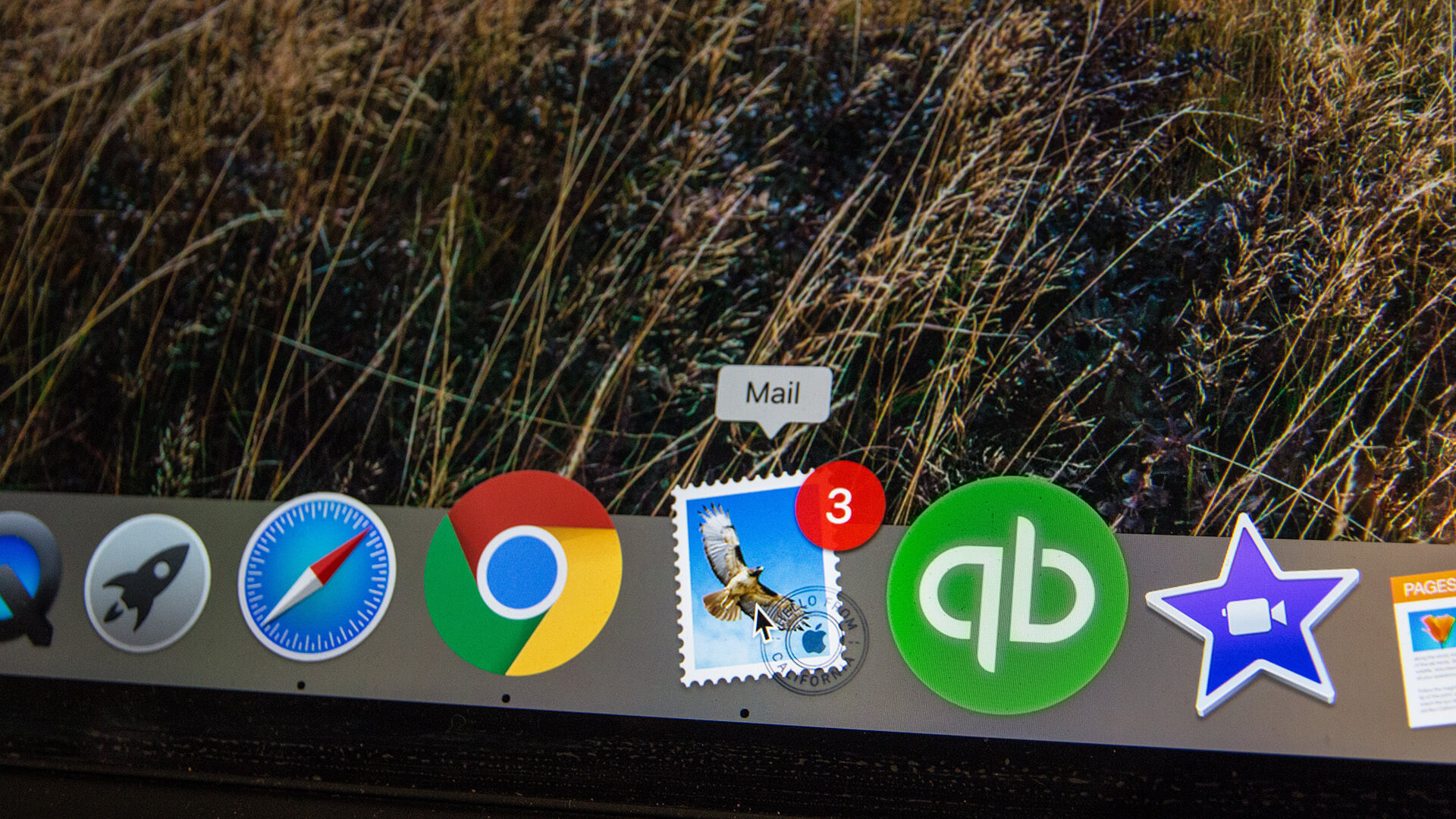From inception to Web3: The transformative story of email



The story of email is a fascinating journey that starts in the heart of the Cold War. The first electronic mail was sent in 1971 by Ray Tomlinson, a computer engineer working for a company involved in the development of the Advanced Research Projects Agency Network (ARPANET), a precursor to the internet. The purpose of this system was to facilitate communication between different computers, breaking the barriers of time and location.
The email was created as a means of efficient, instant communication, replacing traditional mail which could take days or even weeks to reach its destination. It revolutionized the way we communicate, making it possible to send and receive messages instantly from anywhere in the world.

During the period from 2000 to 2020, email underwent significant changes and faced numerous challenges as it adapted to the 2000s, desktop email clients like Microsoft Outlook and Eudora were popular. Over time, web-based email services like Hotmail (later Outlook.com), Yahoo Mail, and Gmail gained prominence. Gmail, launched by Google in 2004, quickly became a leader due to its innovative features, such as large storage capacity and powerful search capabilities. These services continuously updated their user interfaces and functionalities to improve user experience and keep up with the competition.
To combat spoofing and improve email security, standards such as SPF, DKIM, and DMARC were widely adopted. These protocols help verify that emails are sent from authenticated domains and reduce the likelihood of receiving spoofed or fraudulent emails.
To address privacy concerns, email encryption became more mainstream. Technologies like PGP (Pretty Good Privacy) and S/MIME (Secure/Multipurpose Internet Mail Extensions) allowed users to encrypt emails, making them readable only by the intended recipient. Encrypted email services like ProtonMail also emerged, offering end-to-end encryption as a default feature.
New regulations, such as the CAN-SPAM Act in the United States (2003) and the GDPR in Europe (2018), had a significant impact on how businesses use email, particularly for marketing and communication with customers. These laws set strict rules on user consent, privacy, and the handling of personal data, leading to changes in email marketing practices and the need for businesses to ensure compliance.
The proliferation of smartphones and tablets led to a revolution in mobile email access. Email had to be optimized for mobile devices, leading to responsive design and better user interfaces for small screens. This shift also meant that people were checking email more frequently and outside of traditional working hours.

Web3, or the decentralized web, promises a future where users have full control over their data. Blockchain, the technology underpinning cryptocurrencies like Bitcoin, offers a transparent, secure, and decentralized way of storing and transferring data.
So, how can these technologies improve the email industry?

The future of email with Web3 and blockchain technologies looks promising. However, it's important to note that these technologies are still in their early stages and there are challenges to overcome. Despite that, the potential benefits of a decentralized, secure, and user-controlled email system are enormous. As we continue to advance in the digital age, it's exciting to imagine how technologies like Web3 and blockchain will shape the future of email and digital communication at large.